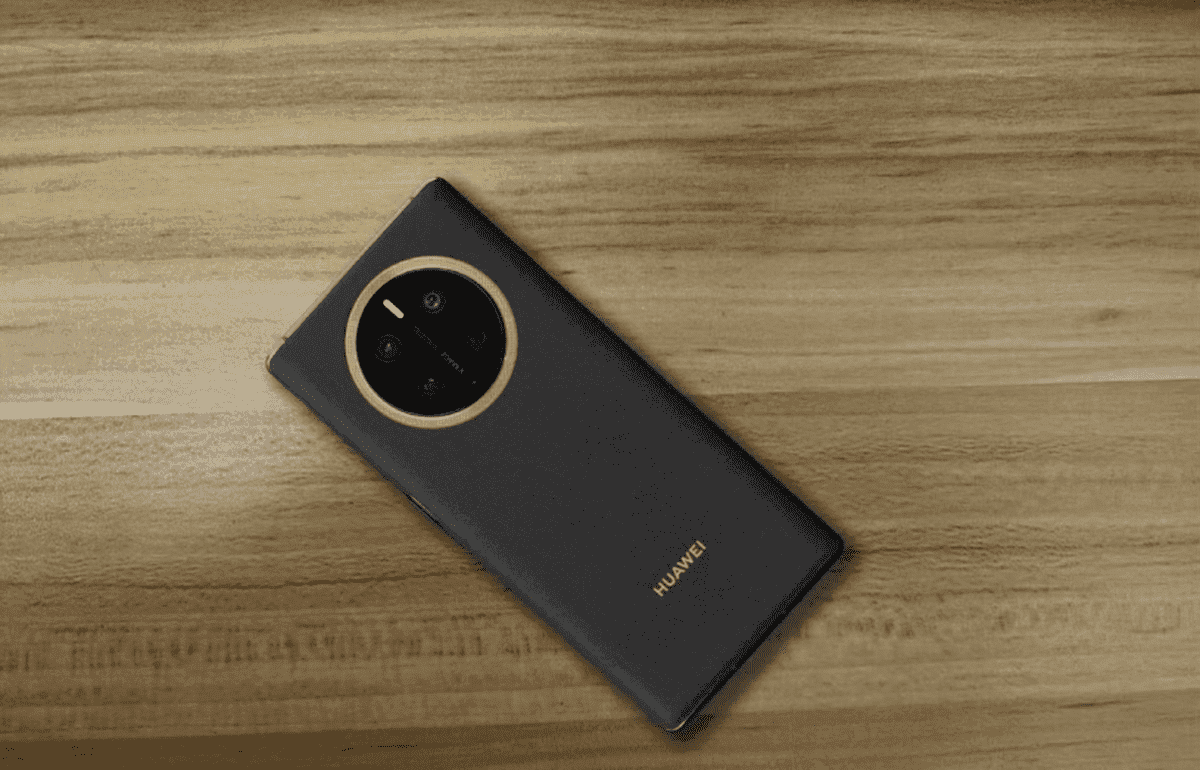
Huawei is expected to launch a new flagship smartphone, the Mate 70, later this year. Due to the US trade ban preventing access to TSMC wafers, Huawei's upcoming Kirin chipset may deliver significant performance improvement over previous versions. According to rumors, this chipset could outperform Qualcomm's Snapdragon 8 Gen 2. The new HarmonyOS NEXT system is also reportedly more efficient in memory utilization than Android, which could lead to improved interface fluidity on devices with older Kirin chipsets.
Huawei is rumored to introduce the Kirin 9100, which will be mass-produced on its 5nm node from SMIC. China's biggest semiconductor manufacturer has successfully developed a new process using DUV machinery instead of EUV hardware for Huawei's upcoming chip. This breakthrough should allow Huawei to bridge the performance gap.
The Kirin chipset is expected to have better overall performance than the Snapdragon 8 Gen 2, although it may not match the specifications of the Snapdragon 8 Gen 3. The actual experience in terms of interface fluidity is said to be superior. Huawei's investment in smart system tech and commitment to innovation have led them to develop advanced chip technology for their devices.
The Mate 70 series is also rumored to feature a new, domestically produced 50-megapixel ultra-large-bottom CMOS image sensor. This could result in clearer and more detailed photos and videos, even in low light conditions. The phones are expected to launch with the official version of HarmonyOS NEXT.
Additionally, WeChat, China's ubiquitous messaging and social media app, is reportedly working on a native app for the HarmonyOS NEXT consumer version. This could further expand the ecosystem for Huawei devices.
Stay tuned for more information about the Mate 70 series as it becomes available.



